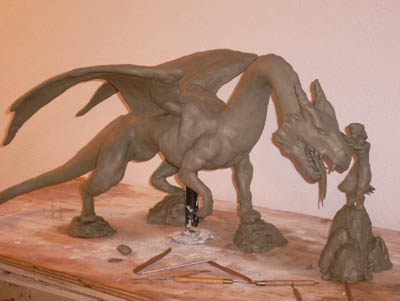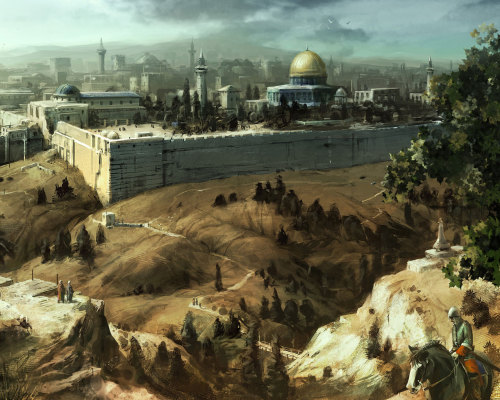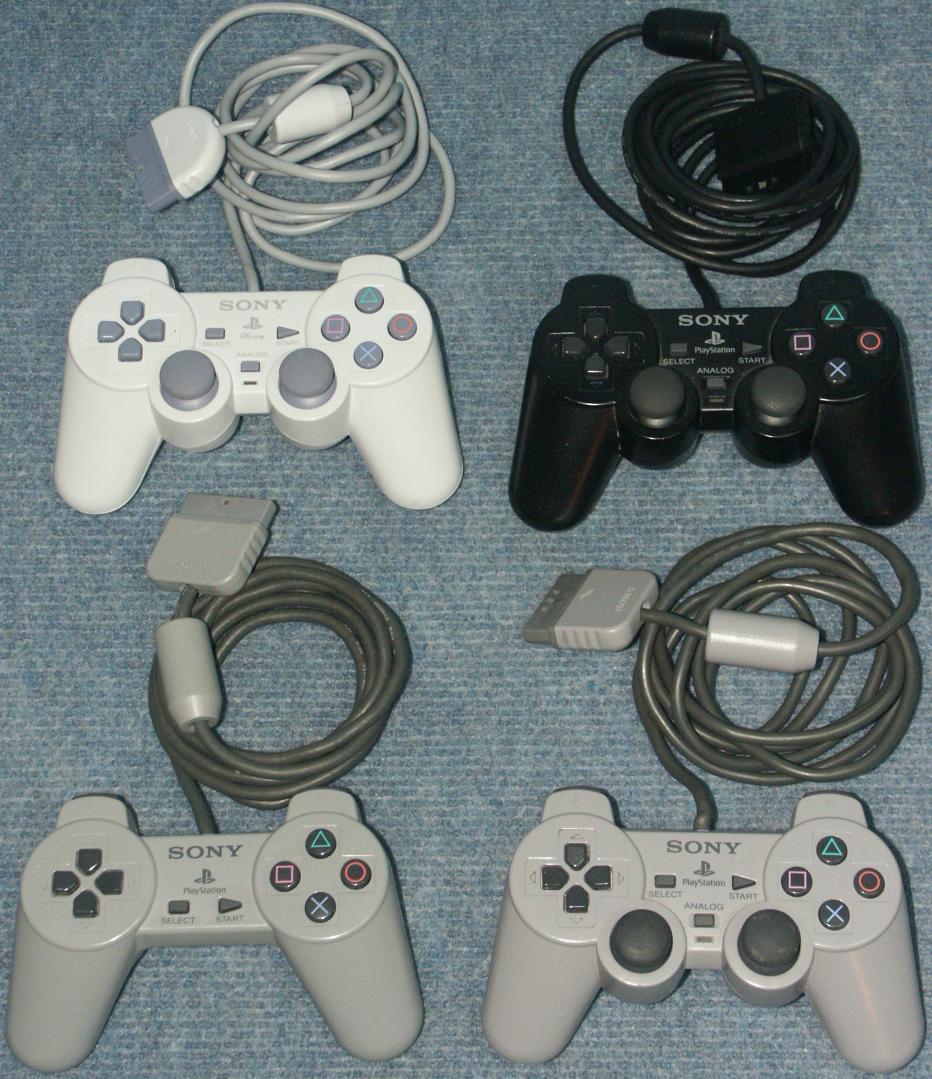I realise that the entire 3 years I am spending at
university are all leading me towards my goals. The university is giving me the
opportunity to learn the skills I will need to get a job in the games industry.
It is providing me with information about the industry and the knowledge of how
it works. The whole point in Universities are to provide courses and degrees
for students so they can go out into their working lives prepared and capable
of the demands of the work environment in their chose profession. They train
you with the specific skills that will be needed for the jobs you will be
pursuing and they train you to think as well as develop your talents and improve
on your skills in general. This course is giving me the necessary foundations
for me to be a contributing member to the games industry. It is teaching me how
to create in game assets, environments, characters, texturing and lighting, its
getting me to improve on my artistic judgement, on perspective, composition,
presentation and how to develop ideas in a process leading to the finished
piece. It is opening my eyes to what is truly needed to get a job in this
industry. With all the talks from industry professionals, the feedback from
tutors and other students, the Skillset accredited structure and the proven
success rates in graduates, I have everything I need to help me achieve what I
want.
But, this education is a two way process. While there is all
this provided in the course over the three years, its up to me what I get out
of it. Its up to me to use what I have learned and apply it properly. I have to
take into account all the skills and attributes, the things I have been told to
do and how, and I have to realise how I learned these things and where I want
to go with them. Reflecting back on the past is a good way of putting my
current situation in perspective. I can look at the steps I have taken to get
where I am, and then I can use that knowledge to continue forward to the
future. I have to apply my creativity and my skills, and keep a confident and
enthusiastic approach to my work, to ensure that I am more likely to be
successful. Its all been a process in developing the way I think. Making me think
more clearly and get the most out of my ideas.
The blog tasks have been doing a good job developing this.
Over the 2 years, I have learned a lot about the game industry, the history of
games, how games are made and what makes them good and bad, what it takes to
create a game, about creativity and composition and all other factors required
in the industry.
This year has been really fulfilling, I have learnt so much
and I have really begun to understand where I am heading and where the course
is leading me and where I want to go afterwards. I really enjoyed all the
projects set for me and I am very proud to see my own improvements in my life
drawings, modelling and texturing and also my writing within the blogs.
I think especially the group project helped me to improve on
everything and was really rewarding. Working in a team was a lot of fun, I
really enjoyed being an active member in a group environment and collectively
working towards the same goal. I really improved on my concepting and painting in
general and also my modelling and texturing. It also helped to improve my time
management skills. Working towards the deadlines and seeing all of our work
come together was really rewarding. It was also excellent in making me realise
what it will be like to work in the industry. We all had different roles and we
had to keep to constraints that we had set, each of us had an important job to
do and we were all part of the project. Each of us had a place in creating our
horror level, and to see the end result was very satisfying. I look forward to
utilising everything I have learnt so far in the coming years and I hope to
continue learning and improving throughout my working life!



































